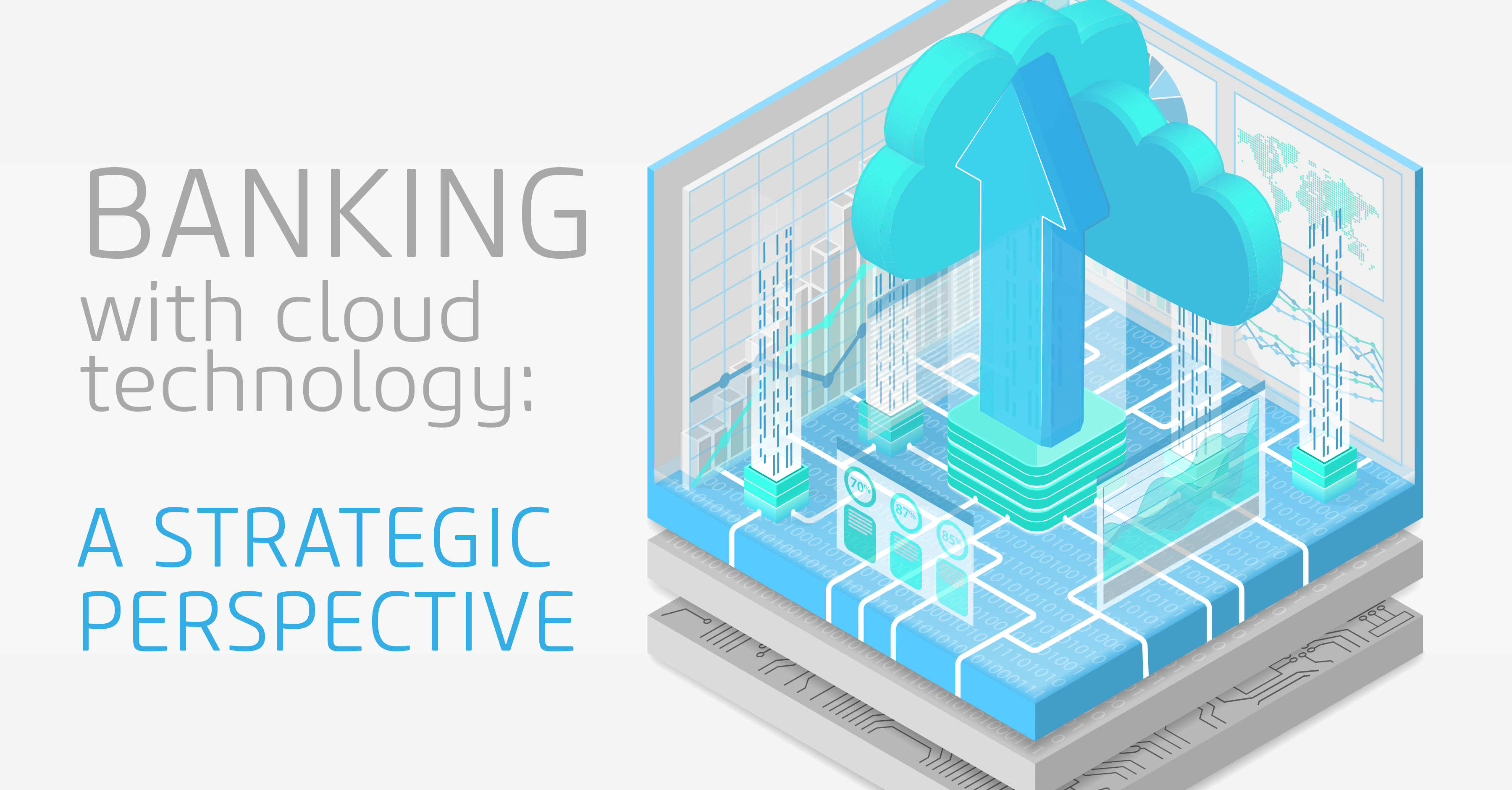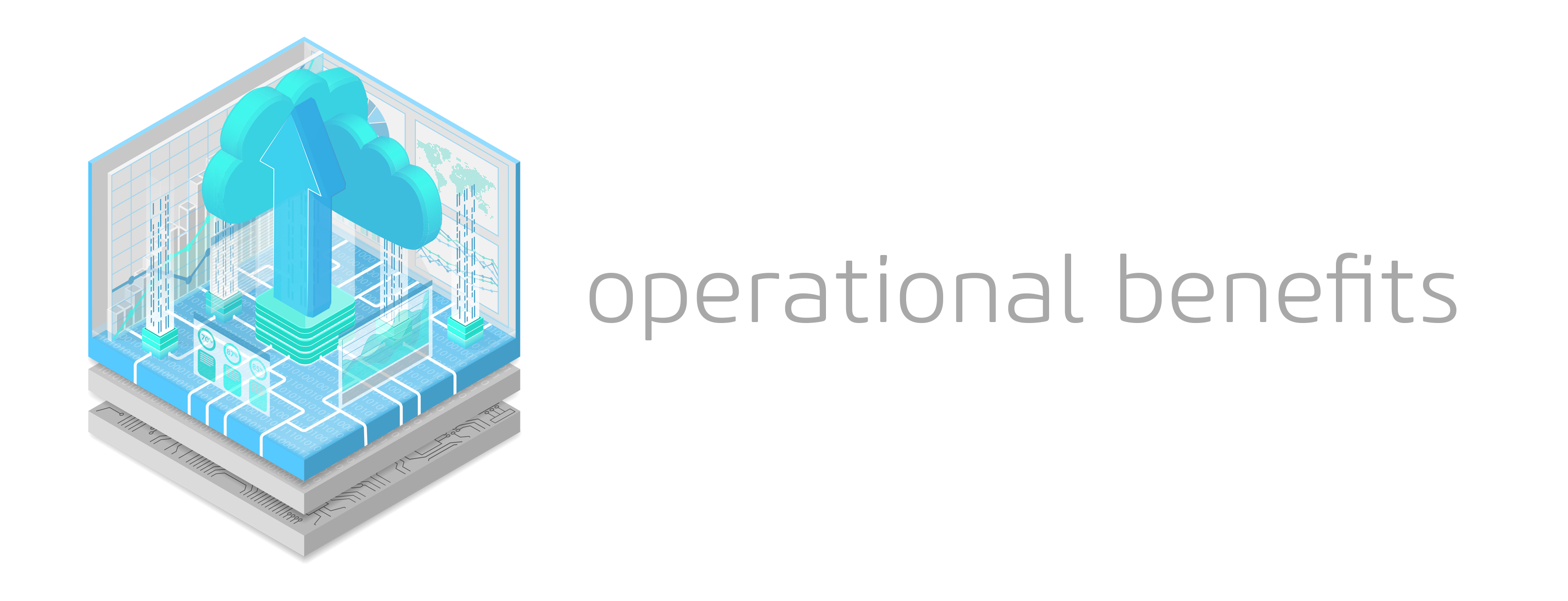A Catalyst for the Evolution of Banking
The banking industry is undergoing significant change, influenced by the integration of cloud technology and the emergence of innovative competitors not hindered by legacy infrastructure. This is not just a technical upgrade but a strategic move towards improved operational efficiency, enhanced data management, and ease of integration for new features and capabilities. In this quick overview, we delve into how cloud migration is reshaping banking operations, emphasizing its multifaceted impact.
We’ll focus on:
- Operational Benefits
- Environmental Impacts
- Cloud Adoption Challenges
In-Depth Look at Operational Benefits
The shift to cloud computing in banking is marked by several significant operational benefits:
- Enhanced Scalability: The ability of cloud platforms to adapt to changing data demands ensures banks can scale up or down without the burden of physical infrastructure. For instance, during peak financial periods, banks can instantly increase their computing capacity to handle increased transaction volumes, then scale back down to conserve on costs when the compute is no longer needed.
- Cost Efficiency: Cloud computing converts large, fixed capital expenditures into more manageable, variable costs. This is particularly beneficial for smaller banks that can now access advanced technologies without substantial upfront investments.
- Accessibility and Flexibility: The cloud enables bankers and clients to access data and services anytime, anywhere, which is crucial in today's digital banking era. This accessibility enhances customer service and internal efficiencies.
- Performance Enhancements: Banks benefit from state-of-the-art analytics and data processing tools offered by cloud providers, leading to faster and more accurate decision-making processes. In one case, this meant more than a 90% reduction in processing time, taking a week-long analytic process down to a fraction of that time. This improvement was a game changer, turning an infeasible scenario into a possibility.
- Future-Proofing Operations: With cloud technology, banks are better positioned to adopt and integrate emerging technologies like AI and blockchain, keeping them at the forefront of innovation.
- Ease of Integration and Accelerated Time to Value: Cloud technology not only offers enhanced integration capabilities with existing systems but also enables banks to quickly realize the benefits of their technology investments, providing faster time to value.

Broader Environmental Impacts
Cloud migration contributes to sustainable banking practices in several ways:
- Reduced Carbon Footprint: Cloud data centers use green technologies and energy-efficient practices, significantly reducing greenhouse gas emissions. For example, using renewable energy sources like solar or wind power lessens the environmental impact.
- Decrease in Electronic Waste: By relying less on physical infrastructure, banks contribute to a decrease in electronic waste, an important aspect of environmental stewardship.
- Efficient Resource Utilization: The adaptive nature of cloud computing ensures optimal resource usage, preventing energy wastage and supporting sustainable operations.

Cloud Adoption Challenges
The transition to cloud technology brings its own set of challenges:
- Security and Regulatory Compliance: Banks face the critical task of ensuring that cloud-based operations are secure and compliant with financial regulations. Options may include: (specific cloud provider services shown as examples)
- Advanced Encryption and Data Protection (Microsoft Azure): Leverage Microsoft Azure's encryption capabilities to protect data at rest and in transit, ensuring comprehensive data security.
- Identity and Access Management (IAM) (Google Cloud Platform): Implement robust IAM strategies using Google Cloud Platform's advanced tools, featuring multi-factor authentication and role-based access controls.
- Regular Compliance Audits (AWS): Utilize AWS Artifact for ongoing compliance monitoring and audits, ensuring adherence to various financial and data protection regulations.
- Advanced Encryption and Data Protection (Microsoft Azure): Leverage Microsoft Azure's encryption capabilities to protect data at rest and in transit, ensuring comprehensive data security.
- Integration with Legacy Systems: Migrating from traditional systems to cloud platforms requires strategic planning and investment in interoperability solutions to ensure seamless integration and minimal disruption to services.
- Choosing the Right Cloud Provider: It's vital for banks to select providers who not only offer the necessary technological capabilities but also share their commitment to security, regulatory compliance, and sustainability.
Balancing Technological Advancements with Responsible Practices
A careful and well-planned approach is key to maximizing the benefits of cloud technology in banking. The journey towards cloud-enabled banking operations is a balancing act between pursuing technological advancements and adhering to responsible business practices.
Operational enhancements remain the primary driver for cloud migration, but the additional environmental benefits reinforce the banking sector's commitment to sustainable and ethical operations. By thoughtfully adopting cloud technology, banks position themselves for increased efficiency, customer satisfaction, and a positive contribution to broader societal goals.
Are you ready to learn more about our Cloud Migration Assessments?
About the Authors: Mark Struck & Colin Thrasher
 Mark, an Actuary with over 20 years of experience, specializes in data and AI. He has expertise in creating analytic systems and understands both the technical and cultural aspects of AI adoption. Currently, he is a Principal Consultant at Online Business Systems Global and the Chief Analytics Officer at Max Analytics, where he applies his skills to amateur athletics.
Mark, an Actuary with over 20 years of experience, specializes in data and AI. He has expertise in creating analytic systems and understands both the technical and cultural aspects of AI adoption. Currently, he is a Principal Consultant at Online Business Systems Global and the Chief Analytics Officer at Max Analytics, where he applies his skills to amateur athletics.

Specializing in designing and executing go-to-market and growth strategies for technology-powered operations, Colin is a seasoned tech executive. With over two decades of delivering measurable results for the energy and finance sectors, he has established himself as a dependable and strategic partner. Currently, Colin is the Executive Director of Financial Services at Online Business Systems, dedicated to empowering financial institutions with technology, providing exceptional products and services to clients, customers, and key stakeholders.






Submit a Comment